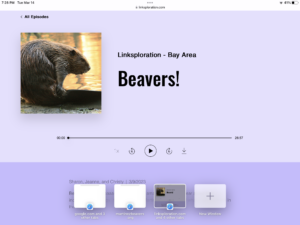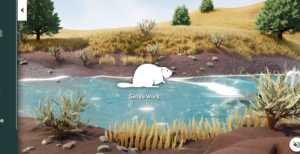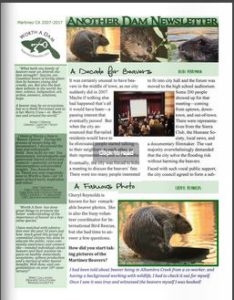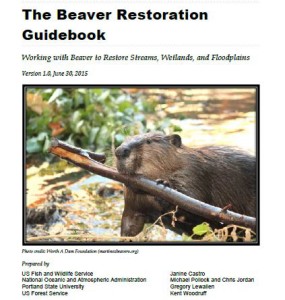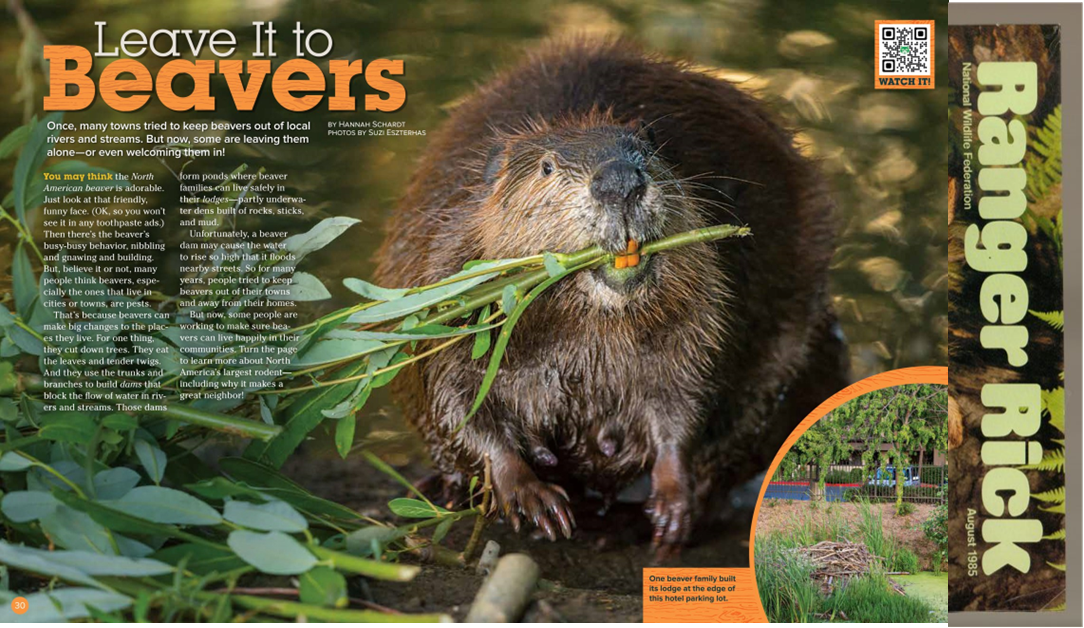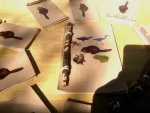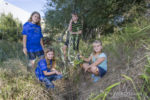I chortled yesterday when the headline on USA today read “Trump visiting California: Air Quality may not improve until October.” Some lowly copy editor in the back wings knew exactly what they were doing when they offered that headline. They clearly deserve a promotion.
Anyway I was happily reading this article from Massachusetts which also has an excellent headline. I love that the didn’t ask the stale question “Is the beaver eco-friendly or a nuisance? Because that’s just annoying. It’s always both. But one matters more.
Eco-Friendly Beaver Much More than Nuisance
Beavers can best be described as Mother Nature’s ecosystem-beneficial engineers, by building dams that benefit both people and wildlife. They work day and night to industriously produce and sustain enriching backwaters of slow-moving ponds and streams for every creature imaginable that breeds life into an otherwise-sterile habitat. They create homes for water-loving birds, mammals, insects, and a variety of warm water fish.
Slow-moving waters also filter out nitrogen and heavy metal sediments that sink to the bottom, preventing them from spreading downstream. Studies of ecohydrology prove that beaver-dam wetlands thrive with islands of widely distributed vegetation during periods of drought and provide wildlife refuge during dry-season wildfires.
Stop! We’re blushing!
Yes it’s true, the lowly beaver can do all those things. And plenty more if you’re keeping tabs at home. Remember that Massachusetts famously passed a law outlawing body gripping traps in 1996 and has been complaining about beavers ever since. Even though they didn’t outlaw KILLING beavers – the agencies say that the population exploded and folks are constantly trying to overturn the will of the voters. So we’re especially happy when Massachusetts of all states says something nice about beavers.
It’s like the return of the prodigal son.
There have evolved many non-lethal methods of beaver control with the clash of wildlife renewal and modern living. As the cambial layer between a tree’s bark and inner wood is a mainstay of a beaver’s diet, they have four sharp incisors and 16 other teeth for grinding and chewing for digestion.
Landowners may wrap fencing or metal barriers around tree trunks or apply a compound called thiram that gives off a strong odor to irritate a beaver’s nose. If they clog culverts in ditches, mesh cages at culvert openings, or running a pipe through the dam to control water flow can be costly and difficult. Whenever possible, wildlife managers prefer to assist landowners in relocating beavers to more suitable habitats.
Understanding beavers’ place in the global system and respecting their instinct to engineer and construct dams is necessary if we are to successfully share the world and its water with these inventive creatures.
Well said, We could not agree more George B. Emmons. In fact we pretty much have been saying it over and over for 13 years.
Now speaking of the importance of beavers and the impact of trapping them, I finished my look at the records of depredation for the last 7 years. Since no one is tracking population in California we need to use indirect means to study it. Indirect measures can be really useful. For example in my other life as a psychologist I read a psychiatric study where they used hospital chart weight as an indirect means to assess diagnosis. Think about the logic of that. You tend to write more about the kind of patients that get under your skin, and they are generally more likely to share a diagnostic category. It’s not perfect and doesn’t generate one-to-one correspondence by any means, but its a pretty darn useful measure.
As Polonius said in Hamlet, “By Indirection find direction out.”
Identifying the places beavers HAVEN’T been trapped is very much like that. It’s not perfect. And the longer you did it the more useful it would be, but it’s a pretty darn interesting way to see where beavers are having a hard time resettling California.

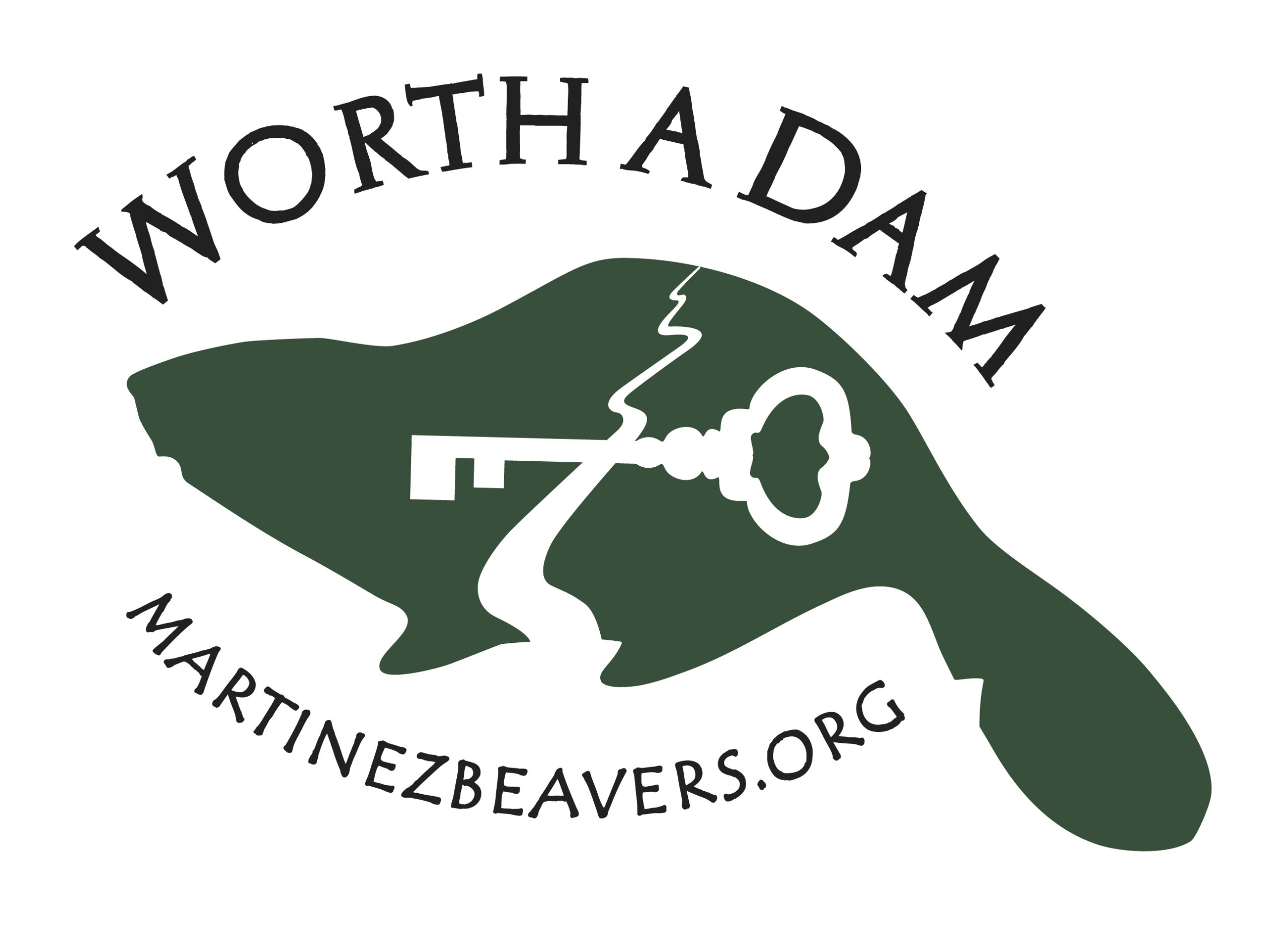




 I heard yesterday back from one of the lawyers at the Center For Biological Diversity that has done some work on beavers in the past for California (
I heard yesterday back from one of the lawyers at the Center For Biological Diversity that has done some work on beavers in the past for California (


 Oregon deserves all our prayers today with 1
Oregon deserves all our prayers today with 1 Cascadia Wildlands, the Center for Biological Diversity, the Conservation Angler, Defenders of Wildlife, Northeast Oregon Ecosystems, Umpqua Watersheds, WaterWatch of Oregon and Wetlands Conservancy filed this petition along with Dr. Suzanne Fouty, a retired hydrologist with the U.S. Forest Service, who has been studying beaver influences in the West for 25 years.
Cascadia Wildlands, the Center for Biological Diversity, the Conservation Angler, Defenders of Wildlife, Northeast Oregon Ecosystems, Umpqua Watersheds, WaterWatch of Oregon and Wetlands Conservancy filed this petition along with Dr. Suzanne Fouty, a retired hydrologist with the U.S. Forest Service, who has been studying beaver influences in the West for 25 years. 







